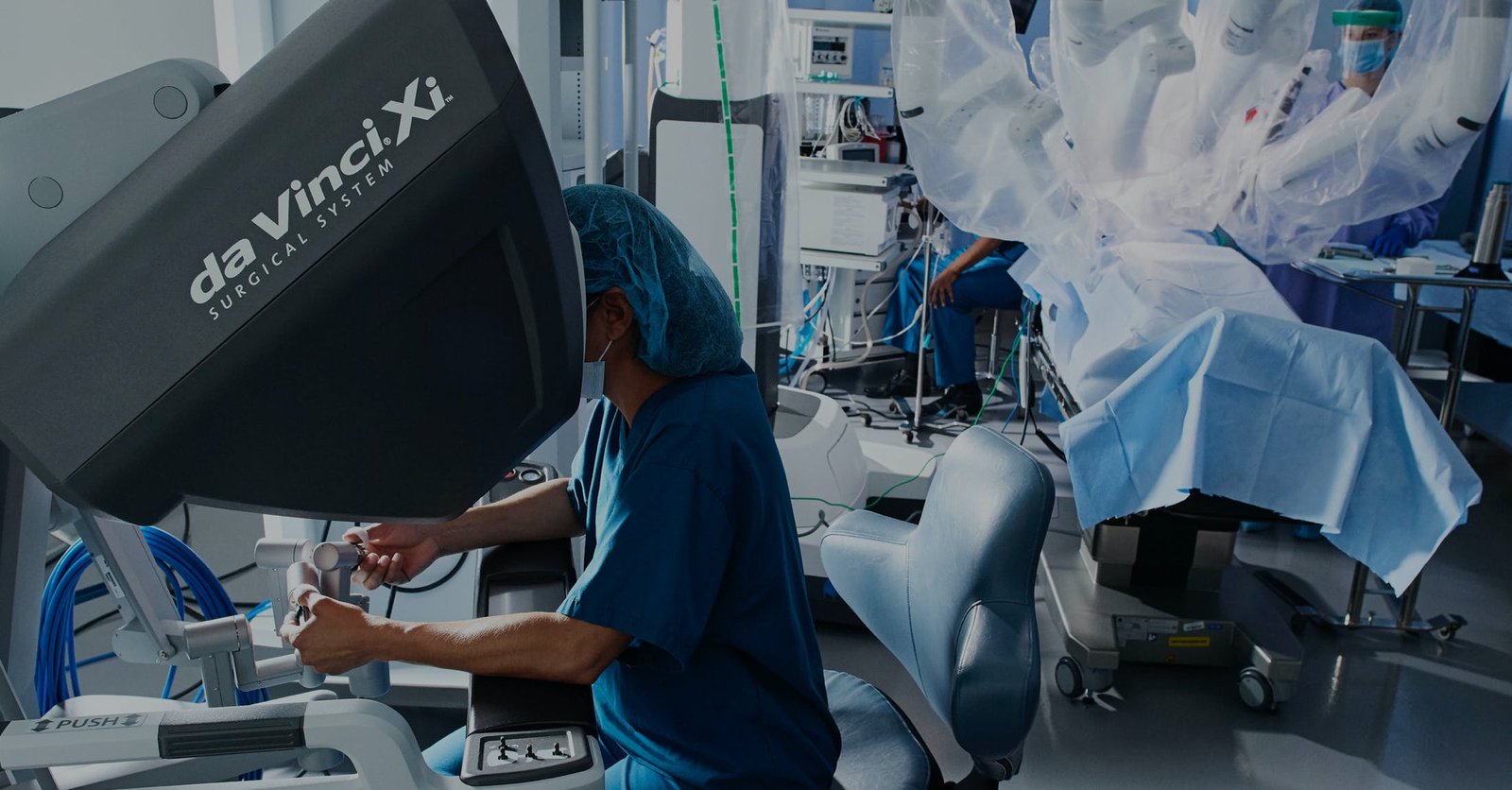In the world of modern medicine, Da Vinci surgery has emerged as a cutting-edge solution, transforming the way surgeries are performed. The Da Vinci robotic system allows surgeons to carry out complex procedures with precision, flexibility, and control that would be difficult to achieve with traditional techniques. This minimally invasive surgery is gaining popularity for its potential to improve patient outcomes, reduce recovery time, and minimize surgical risks. But what exactly is Da Vinci surgery, and why is it revolutionizing healthcare?
What Is Da Vinci Surgery?
Da Vinci surgery, or robot-assisted surgery, involves the use of a robotic system that enhances a surgeon’s ability to perform complex procedures with minimal incisions. The system consists of a console where the surgeon sits and controls the robotic arms, which hold surgical tools. The surgeon views the operating area in 3D, magnified vision, allowing for better visualization of the patient’s anatomy. The system translates the surgeon’s hand movements into precise movements of the instruments, offering unmatched dexterity and accuracy.
Key Features of Da Vinci Surgery:
• Minimally invasive: Small incisions mean less scarring, reduced pain, and quicker recovery.
• Precision: Enhanced control over the surgical tools allows for more delicate and precise procedures.
• 3D visualization: High-definition 3D cameras provide surgeons with a clearer view of the operating site.
• Reduced complications: Decreased risk of infection and other complications compared to open surgery.
The Benefits of Da Vinci Surgery
One of the main reasons for the increasing popularity of Da Vinci surgery is the numerous advantages it offers to both surgeons and patients.
For Patients:
1. Faster Recovery: With smaller incisions, patients often experience quicker recovery times, allowing them to return to their daily activities sooner.
2. Reduced Pain: Minimal scarring and less tissue damage result in significantly less postoperative pain.
3. Lower Risk of Infection: Small incisions and reduced exposure of internal organs lead to a decreased risk of infection.
4. Improved Outcomes: The precision of the Da Vinci system ensures that surgeries are more accurate, potentially improving overall outcomes for complex procedures.
For Surgeons:
1. Enhanced Control: The robotic system allows surgeons to move instruments in ways that would not be possible with human hands alone.
2. Better Ergonomics: Surgeons can operate while seated at a console, reducing physical strain and improving focus during long procedures.
3. Greater Flexibility: The Da Vinci system offers a range of motion beyond what is achievable by the human hand, enabling more intricate movements.
Procedures Performed Using Da Vinci Surgery
Da Vinci surgery is used across multiple specialties, from general surgery to more specialized fields. Some common procedures performed using the Da Vinci system include:
• Prostatectomy (removal of the prostate)
• Hysterectomy (removal of the uterus)
• Cardiac surgeries (repair of heart valves, coronary artery bypass)
• Colorectal surgeries (treatment of colon cancer, rectal cancer)
• Urologic surgeries (kidney surgery, bladder reconstruction)
With the ability to perform such a wide range of procedures, Da Vinci surgery has become a go-to option for minimally invasive techniques.
Is Da Vinci Surgery Right for You?
While Da Vinci surgery offers numerous benefits, it’s not suitable for everyone. Your eligibility will depend on factors such as your medical condition, the complexity of the procedure, and your surgeon’s expertise. Always consult with your healthcare provider to determine if Da Vinci surgery is the best option for your specific needs.
Conclusion: The Future of Surgery
As the healthcare industry continues to evolve, Da Vinci robotic surgery represents the future of minimally invasive procedures. Its ability to combine precision, reduced recovery time, and enhanced surgical outcomes make it a powerful tool in the hands of skilled surgeons. Whether you’re facing a complex surgery or seeking a minimally invasive approach, the Da Vinci system could be the answer to safer and more effective treatment.
References:
• Robotic Surgery Overview – Mayo Clinic




